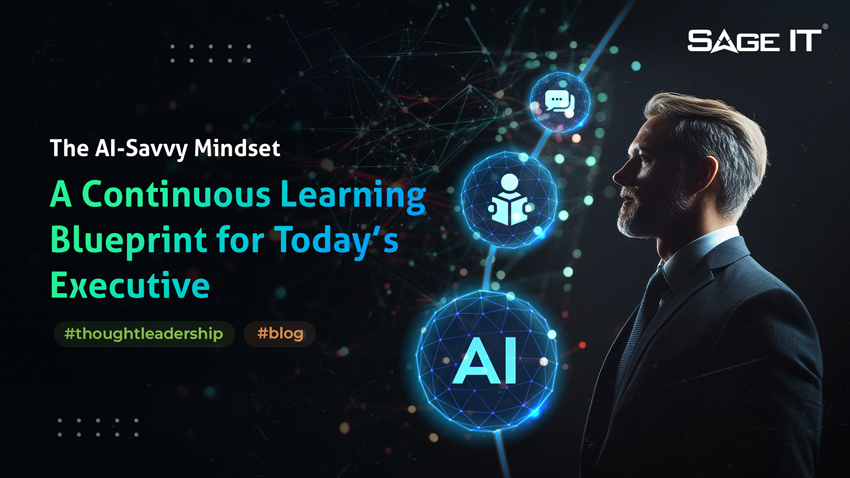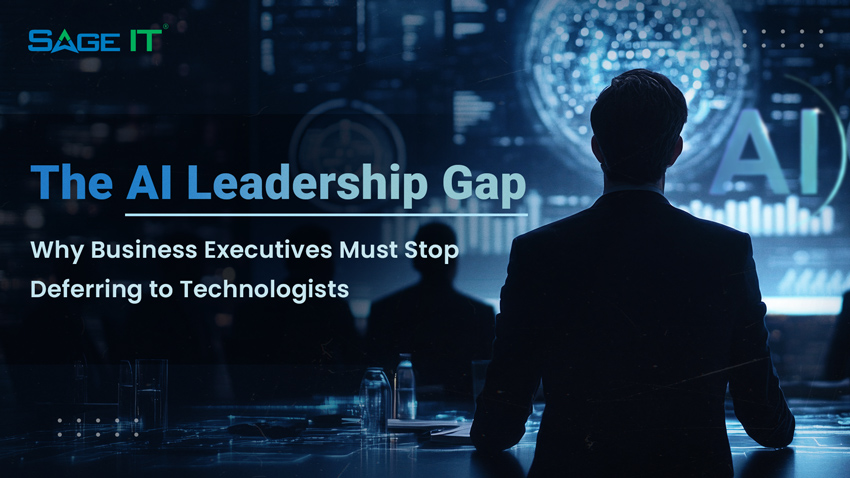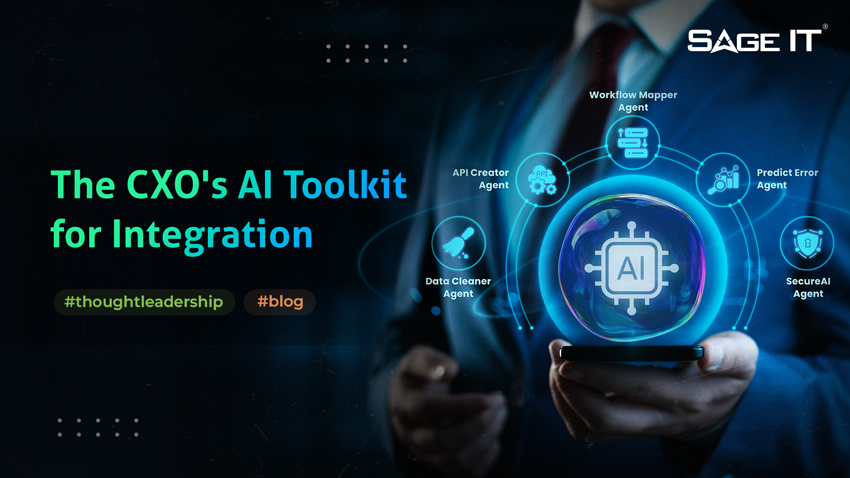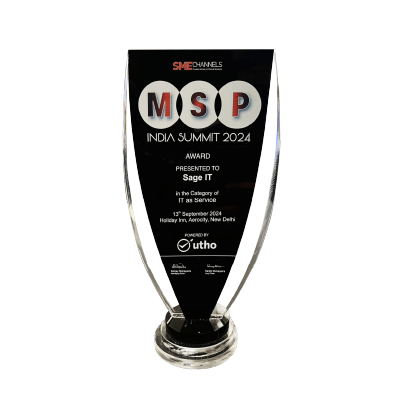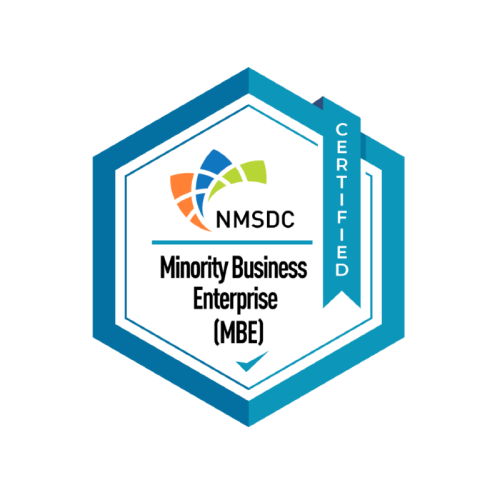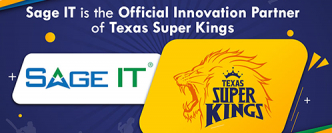Is Your Enterprise Integration Strategy Holding You Back? Businesses today run on hundreds, sometimes thousands, of applications, yet many still rely on outdated middleware and rigid point-to-point integrations. Instead of enabling growth, these legacy systems create bottlenecks, slowing innovation and increasing costs.
Integration should be an enabler, not a challenge. That’s why iPaaS (Integration Platform as a Service) is transforming the landscape—making connectivity instant, AI-driven, and scalable.
But not all iPaaS solutions are created equal. Some lock enterprises into vendor ecosystems, limiting flexibility. Others require deep coding expertise, slowing innovation.
So, what makes Boomi the go-to choice for enterprises looking to modernize, scale, and future-proof their IT landscape? Let’s break it down.
Finding the Right iPaaS: The Enterprise Challenge
With multiple iPaaS providers, including MuleSoft, Informatica, SAP Integration Suite, TIBCO, and Workato, choosing the right platform is a high-stakes decision. Each platform has strengths, but many come with hidden trade-offs in cost, complexity, or scalability.
Key Questions IT Leaders Must Ask:
Why Boomi Stands Out as the Preferred iPaaS
Boomi isn’t just another iPaaS, it’s an industry leader in cloud-native, AI-driven integration.
Enterprises Choose Boomi Because It Delivers:
For enterprises modernizing their integration strategy, Boomi provides the fastest path to success.
Real-World Impact: How Enterprises Are Winning with Boomi
For IT leaders evaluating an integration platform, real-world results matter more than vendor claims. Boomi consistently delivers faster implementation, lower costs, and greater agility, outperforming legacy solutions.
Case Study 1: A National Moving & Storage Company Transforms Operations with Boomi
The Challenge:
A leading moving and storage company with 1,158 locations and $1B in revenue needed to modernize its ERP and CRM systems while ensuring real-time visibility into fleet operations. Delays in GPS tracking, device troubleshooting, and delivery coordination were increasing operational costs and inefficiencies.
The Boomi Solution:
The Results:
Case Study 2: Transforming a Global Travel & Hospitality Leader with Seamless Systems Integration
The Challenge:
A Fortune 500 corporate travel provider faced complex integration hurdles after separating from its parent company. The key challenges:
The Boomi Solution:
The Results:
By leveraging Boomi’s intelligent integration, the company achieved seamless global connectivity, enhanced customer experiences, and a future-ready technology vision.
Boomi vs. MuleSoft vs. Informatica: The Business Impact Breakdown
| Feature | Boomi | MuleSoft | Informatica |
| Deployment Speed | 65% faster (low-code AI automation) | Requires heavy developer expertise | Strong in data integration, but slow for apps. Heavily reliant on XSLT, demanding specialized development skills. |
| Cost-Effectiveness | Up to 50% lower TCO | High licensing costs | Expensive for mid-market firms |
| Cloud & Multi-Cloud | Cloud-native & vendor-agnostic | Salesforce-first bias | ETL-heavy, less app-focused |
| AI & Automation | End-to-end AI automation | Requires additional development | Strong for data, weaker for apps |
| Scalability | Event-driven, microservices-ready | Batch-driven processing (latency risk) | Requires significant developer management |
If your priority is speed, cost efficiency, and multi-cloud agility, Boomi is the right choice.
Choosing the Right Integration Platform: Key Takeaways
Selecting the right Integration Platform as a Service (iPaaS) is a strategic decision that directly impacts an enterprise’s agility, operational efficiency, and digital transformation success. While MuleSoft, Informatica, and other vendors have their strengths, Boomi emerges as the most balanced solution for enterprises seeking speed, scalability, and cost efficiency.
Boomi is the Best Fit If You Need:
When to Consider MuleSoft or Informatica
For enterprises looking to scale integration with speed, cost efficiency, and AI-driven automation, Boomi is the clear choice.
The Road Ahead: AI-Driven Integration as the Business Imperative
The integration landscape is shifting fast. Yesterday’s complex, manual, and vendor-locked solutions are being replaced by AI-driven, low-code platforms that move at the speed of business. The companies that embrace intelligent integration today will be the ones that drive innovation, scale faster, and redefine industry standards tomorrow.
In the next five years, enterprises that make integration a strategic priority will outpace competitors in agility, efficiency, and market adaptability. Those that rely on legacy middleware and rigid architectures will find themselves struggling to keep up in a world where speed and automation are no longer optional.
But the future of enterprise connectivity isn’t just about linking applications—it’s about making integration self-orchestrating, proactive, and infinitely scalable. AI-powered iPaaS platforms like Boomi are leading this charge, enabling organizations to reduce complexity, eliminate bottlenecks, and turn integration into a growth enabler rather than a challenge.
The question isn’t if businesses will move to AI-powered integration—it’s when. The only question left is: Will you lead the transformation, or struggle to catch up?
The future of integration is here. Talk to a Boomi expert and make your systems work smarter.
Written by,
Madhu Anthati,
VP Integration Solutions



